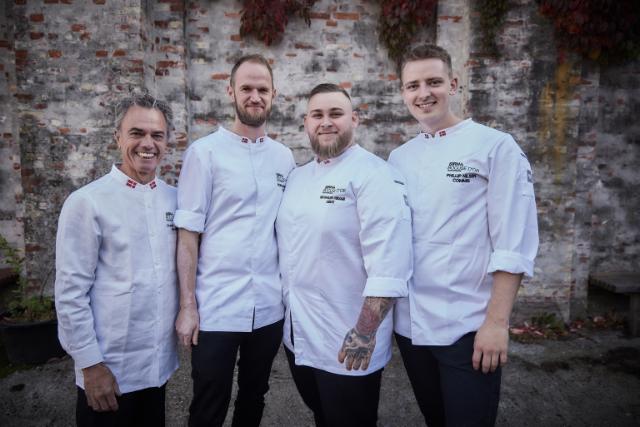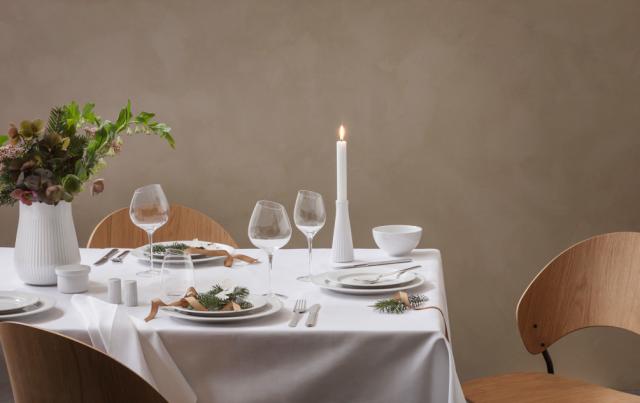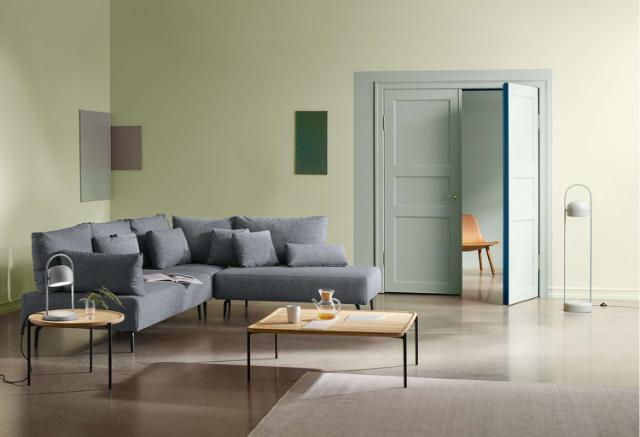Can you really spend a whole year designing a wine glass?
Wine glasses are more than just dining table décor. The shape, size and opening actually influence the flavour and aroma of the wine. This is why the team at the Says Who design studio devoted more than a year to developing “the perfect wine glasses”.
In Aarhus, Denmark, 12 men and women are seated, in deep concentration. Their office has a view of green fields, but the scenery tends to go unnoticed. If the staff at Says Who are not wearing VR headsets or working in some form of virtual space, they are most likely busy studying prototypes.
They’ve been working on a piece of stemware for more than a year. A wine glass. The perfect wine glass.
Sounds over the top? Because isn’t a glass just a glass?
The vast majority of wines have a wonderful aroma and flavour no matter what they are served in, yet the design of the glass actually influences the experience of the wine. There’s a good reason why a champagne glass doesn’t look like a red wine glass, for example.
Basically, wine glasses have three key parameters: shape, size and opening.
Of these, the shape of a wine glass is regarded as the main factor, as this influences the aroma and the evaporation of the alcohol from the wine. A standard shape with a wide bowl and narrow opening allows the alcohol to evaporate at the rim, which is why it doesn’t affect the aroma in the same way as in an ordinary water tumbler.
There are no absolute rules to this logic, but a rule of thumb says that the less aroma to the wine, the larger the glass needed to maximise the flavour. This is why wines like Pinot Noir and Nebbiolo are typically served in large glasses, as this gives the wine a larger surface and the best conditions for the aromas to develop in. Conversely, wines with an intense bouquet, like Zinfandel, do better in smaller glasses, as these embrace the aroma, preventing it disappearing too fast.
The size and shape of the glass also determine how much the wine comes into contact with oxygen, which influences how the wine breathes and develops in the glass.
Finally, the opening of the wine glass influences how much wine is imbibed at a time, and where on the tongue the wine is first tasted. A slightly convex opening automatically causes the lips to purse, and as a result the wine reaches the front of the tongue first. A glass with a narrower opening requires the head to be drawn further back, so the wine reaches the back of the tongue first.
The science behind the design of a wine glass attracts heated debate, so the extraordinary effort made by the Says Who team makes sense. On top of the more technical proportions of a wine glass, is a whole added layer we haven’t touched on yet. Because of course a wine glass must also be visually appealing.
Engineering meets art
If your mind is set on perfection, there’s only one thing for it. Try, try, and try again.
“Just the lines of a wine glass hold endless iterations of these very subtle details,” says Nikolaj Duve, co-founder of Says Who, adding:
“I don’t care to think about how many times we changed the size and height of the stem of the glass. It has to sit just right in the hand, yet still have that ideal shape. And well, yeah, it has to fit inside a dishwasher.”
The countless fine adjustments are, according to Duve, the way to that ‘sweetspot’ between form and function; where engineering meets art. Which is the whole aim.
“People may well think ‘oh, it’s just a glass’, but it’s one of the hardest things I ever helped to design,” says Duve, adding:
“Many of the things we usually make have multiple elements in play. Take a chair, for instance. There’s the upholstery, seat, back, legs and joints. There are all kinds of things we tweak and shape and rework every which way to get that special look. But a wine glass is a homogeneous, all-in-one shape, which sets totally different parameters.”
As we pointed out initially, it’s important to pick a wine glass to match the type of wine it will hold. There’s no universal size or standard to meet the requirements of the diverse varieties of grape and flavour categories. Yet another hurdle.
“The need for volume changes radically depending on what you pour into the glass. But we knew we wanted a consistent look for the entire range,” Duve explains.
The solution was four different sizes and shapes, each of which meets the requirements for their wine category: red, white, burgundy and champagne.
“It’s a bit like if you had to find the ‘DNA’ of a Mercedes, and then make four completely different cars. Each of them needs to meet distinct requirements, but still cut from the same last,” Duve says.

The founders of Says Who Kasper Meldgaard and Nikolaj Duve
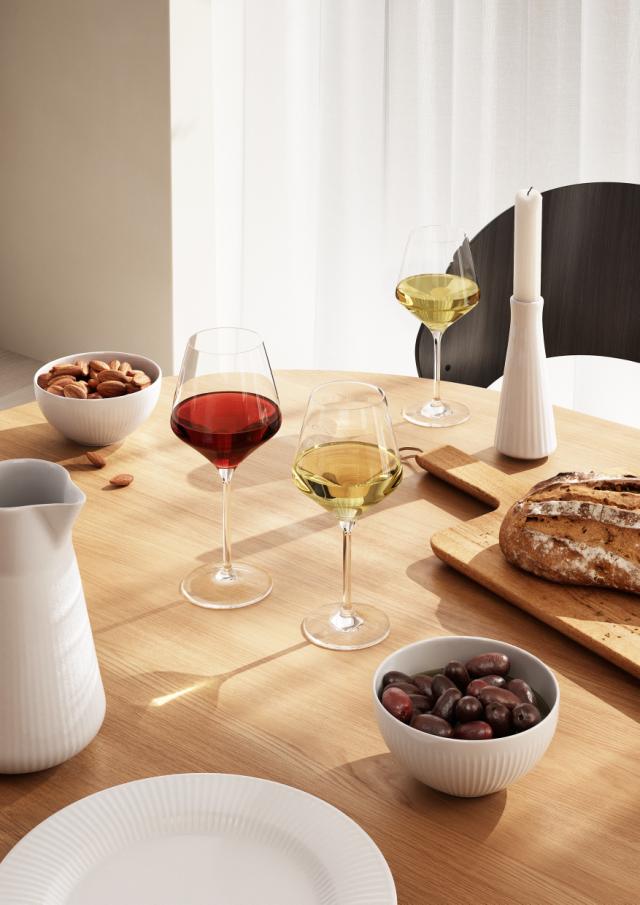
Pleasing to the nose, mouth, eye and hand
The prime aim of a wine glass is to bring out and enhance the taste of the wine. The best way to do that is to open up for the wine aroma. Because the fact is, most of the experience is olfactory; through our sense of smell. We only have five taste senses in our mouth (sour, sweet, salt, bitter and umami) and a wine gives off more than 400 scents. So the subtleties of the wine are detected by the nose.
Once you’re on top of the nose and mouth, you’re still only half way towards the perfect wine glass. Because it also has to please the hand and eye.
“It’s been fascinating to get geeky with all the scientific aspects of the interaction between wine type and wine glass design, but the endpoint was just as much to create beautiful, timeless stemware,” says Duve, adding:
“Initially, we experimented with etched grooves, colourwork and all kinds of decoration, but as we wised up, we knew it had to be pure crystal. Something timeless people would still want in 10 years’ time.
“Which meant there was only one thing to work on: the shape of the glass. But that had to be spot on. Not too much, not too little. While you tug and stretch the shape, you’re weighing up the technical and aesthetic factors. But eventually you strike the balance.”
The holistic, iterative approach taken by Says Who made all the difference. The end result is not only a receptacle for enjoying wine, but an all-encompassing experience. Clearly, nothing was left to chance.
The wine glasses, part of the Eva Trio Legio Nova dinnerware, have an exquisite balance. They look fragile and elegant, but they feel durable and sturdy, without being heavy.
The glasses are tulip-shaped, so the wine is filled to the widest point. This makes it easy to swirl the wine in the glass, so the bouquet is concentrated at the top, while a small amount of wine is dispersed to the maximum diameter of the glass, which, as we’ve learned, is a good idea.
Eva Trio Legio Nova stemware is made of crystal, giving the glasses a bright gleam, and all the other advantages of fine crystalware. They are exquisite to look at, pleasing to hold, and once poured, the wine sits comfortably in the hand.
Are they the perfect wine glasses?
You decide.

.jpg&width=640&format=webp)
.jpg&width=640&format=webp)
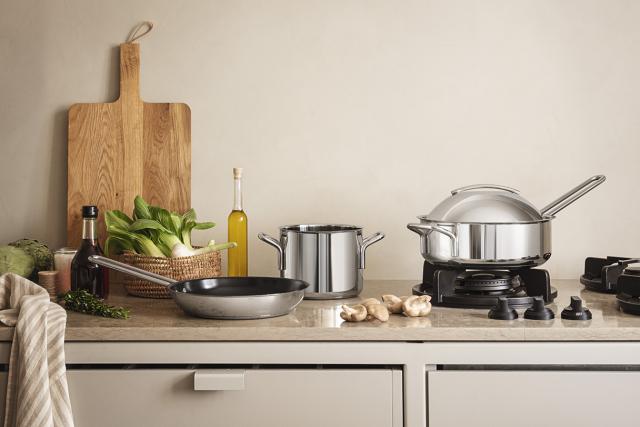
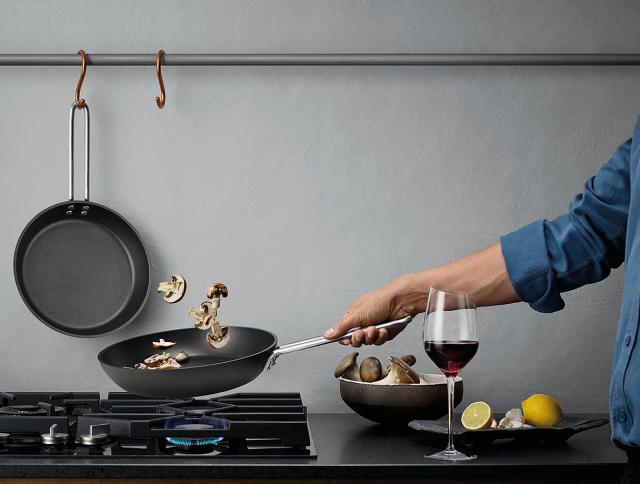
.jpg&width=640&format=webp)

